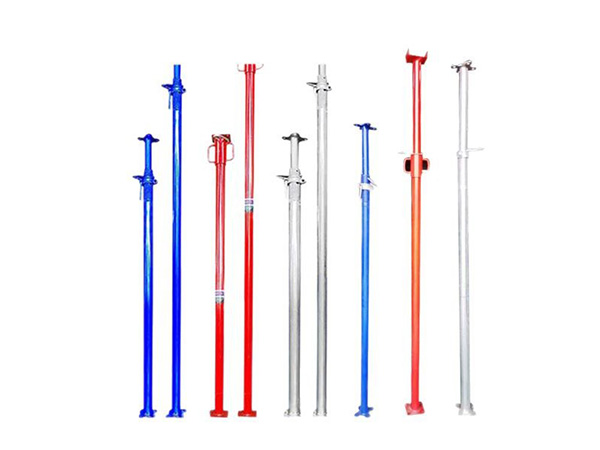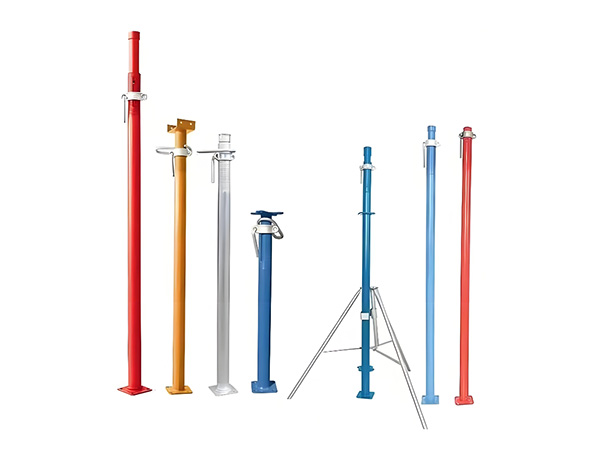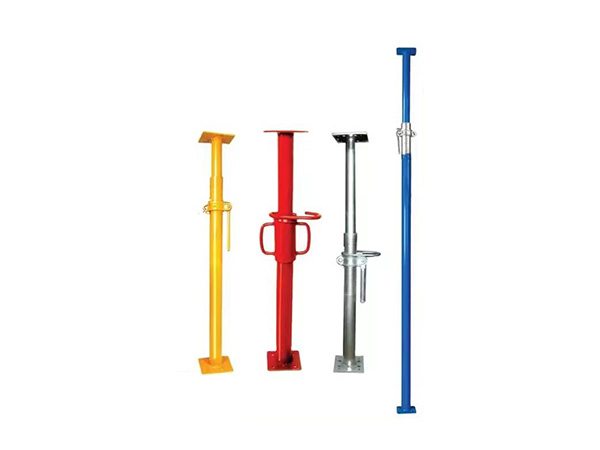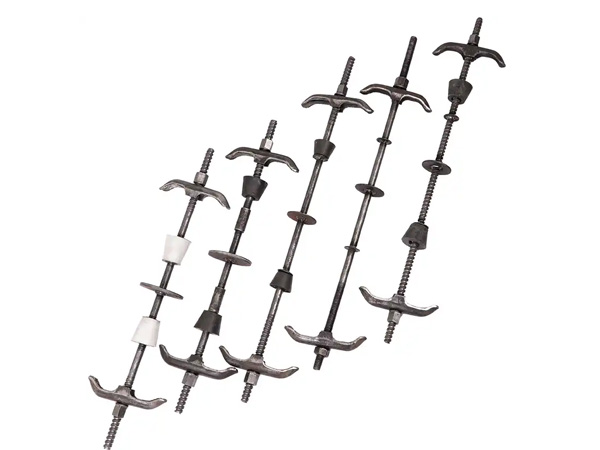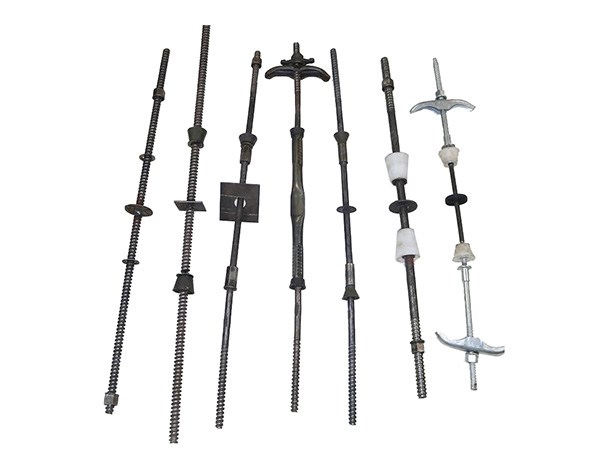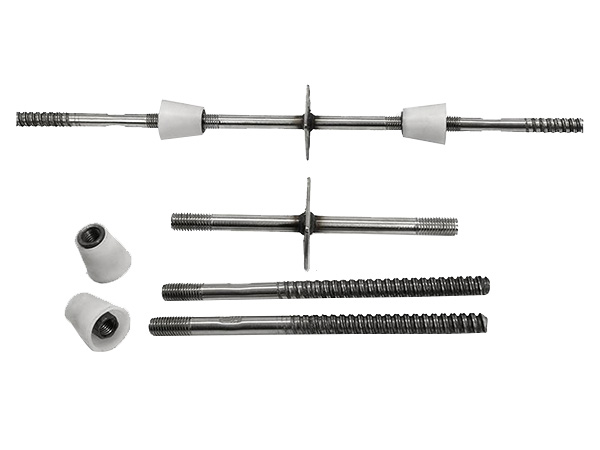- Site Navigation -
NEWS LIST
Can Wall-Tie Bolts Be Used for Connecting Concrete to Brick?
Author:yicheng Date:2025-09-03 17:03:51 Hits:187
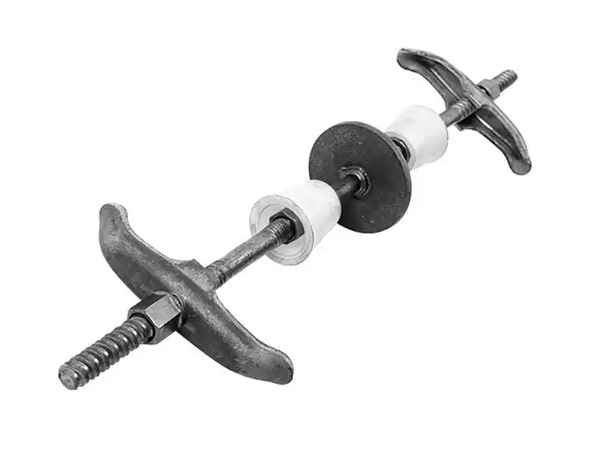
wall-tie bolts can be used to connect concrete to brick in specific construction scenarios(e.g.,retrofitting,masonry infill walls,or attaching brick facades to concrete structures).However,their application requires strict adherence to structural design principles,material compatibility,and installation standards to ensure safety,load-bearing capacity,and long-term durability.Below is a detailed breakdown of key considerations,applicable scenarios,and critical installation requirements:
1.Applicable Scenarios for Concrete-to-Brick Connection with Wall-Tie Bolts
Wall-tie bolts are primarily used to transfer shear,tensile,or compressive forces between concrete(e.g.,structural columns,beams,or existing concrete walls)and brick(e.g.,masonry infill,brick veneers,or load-bearing brick walls).Common use cases include:
Retrofitting old structures:Strengthening loose connections between existing concrete frames and brick infill walls(e.g.,repairing cracks or instability caused by settlement).
New masonry infill:Securing brick infill walls to concrete structural frames(e.g.,in commercial buildings or residential basements)to resist lateral loads(wind,seismic activity).
Brick facade attachment:Connecting brick veneers(non-load-bearing)to concrete backup walls,ensuring the facade stays anchored without delaminating.
Load-bearing connections:In low-rise structures,linking brick load-bearing walls to concrete beams/columns to distribute vertical loads(e.g.,floor loads)evenly.
2.Key Requirements for Safe&Effective Use
Using wall-tie bolts for concrete-brick connections is not"one-size-fits-all"—it depends on structural loads,material properties,and environmental conditions.Below are non-negotiable requirements:
A.Structural Design&Load Calculation
Never install wall-tie bolts without a prior structural analysis.Critical design factors include:
Load type:Determine if the connection must resist shear(horizontal forces,e.g.,wind),tension(pulling forces,e.g.,facade weight),or compression(pushing forces,e.g.,vertical loads).
Load magnitude:Calculate expected loads using local building codes(e.g.,ACI 318 for concrete,ASTM C947 for masonry ties)and project-specific conditions(e.g.,seismic zone,wall height).
Bolt capacity:Select wall-tie bolts with a load rating(tensile strength,shear strength)that exceeds the calculated loads,accounting for a safety factor(typically 1.5–2.0).
B.Material Compatibility&Corrosion Resistance
Concrete and brick have different thermal expansion coefficients and moisture absorption rates—material incompatibility can cause cracking or bolt failure.Key considerations:
Bolt material:
For indoor/dry environments:Hot-dip galvanized steel bolts(affordable,corrosion-resistant for mild conditions).
For outdoor/wet environments(e.g.,exterior facades,basements):Stainless steel(304 or 316 grade)or epoxy-coated steel(prevents rust from moisture seepage between concrete and brick).
Avoid plain carbon steel:It corrodes quickly when in contact with moist concrete or brick,leading to bond failure.
Compatibility with masonry:Ensure the bolt’s diameter does not exceed 1/3 the thickness of the brick(e.g.,a 4-inch brick can use a maximum 1/2-inch diameter bolt)to avoid splitting the brick.
C.Installation Standards
Incorrect installation is the leading cause of connection failure.Follow these steps strictly:
Step Action Critical Notes
1.Pre-Installation Preparation-Mark bolt positions on both concrete and brick(align perfectly to avoid shear stress).
-For existing concrete:Use a concrete drill bit(matching bolt diameter)to create holes;for new concrete,pre-embed bolts during pouring(preferred for higher strength).
-For brick:Use a masonry drill bit(slow speed to prevent brick chipping)and avoid drilling through mortar joints(weakens masonry).-Hole depth:For concrete,1.5×bolt length(e.g.,6-inch bolt needs 9-inch hole);for brick,1×bolt length(avoids穿透the other side).
-Clean holes of dust/debris(use compressed air or a brush)to improve bond with grout/adhesive.
2.Bolt Selection&Insertion-Use expansion bolts(for existing concrete/brick)or epoxy anchors(for high-load scenarios,e.g.,seismic zones).
-For expansion bolts:Tighten until the expansion sleeve fully engages the concrete/brick(do not over-tighten—can crack brick or strip threads).
-For epoxy anchors:Inject high-strength masonry epoxy into the hole,insert the bolt,and let cure per manufacturer’s time(typically 24–48 hours).-Epoxy anchors provide better long-term bond than expansion bolts(ideal for retrofitting old concrete/brick).
-Do not reuse bolts—expansion sleeves lose grip after removal.
3.Sealing&Waterproofing-Fill gaps between the bolt and brick/concrete with masonry caulk(silicone or polyurethane)or mortar.
-For exterior connections:Add a waterproof membrane around the bolt to prevent water infiltration(moisture causes corrosion and masonry spalling).-Unsealed gaps lead to water damage,which weakens both the bolt and the concrete/brick over time.
3.Inspection&Quality Control
After installation,verify the connection meets safety standards:
Tensile/shear testing:For critical structures(e.g.,seismic zones),hire a third-party to test a sample bolt(apply loads up to the design limit to check for slip or failure).
Visual inspection:Check for:
Brick cracking(indicates over-tightening or incorrect hole size).
Bolt alignment(misaligned bolts create uneven stress).
Sealing integrity(no gaps or caulk peeling).
Documentation:Keep records of bolt specifications,load calculations,and test results(required for building code compliance).
4.Limitations&Alternatives
While wall-tie bolts work for concrete-brick connections,they are not suitable for all cases:
High-seismic zones:For structures in seismic Zone 4(e.g.,parts of California,Japan),use flexible masonry ties(e.g.,ASTM C1361 ties)instead—they allow slight movement between concrete and brick,reducing cracking during earthquakes.
Thin brick veneers:Wall-tie bolts may be too rigid;use wire ties or sheet metal clips(lighter,more flexible)to attach thin brick to concrete.
Load-bearing brick walls:If the brick wall carries significant vertical loads(e.g.,roof loads),use embedded steel plates(welded to concrete beams)with multiple bolts for distributed support—single bolts may fail under heavy loads.
Conclusion
Wall-tie bolts are a viable solution for connecting concrete to brick,but only when designed for the specific load,using compatible materials,and installed to code.Always consult a structural engineer before installation—especially for retrofitting or load-bearing applications—to ensure compliance with local building standards and long-term structural safety.







